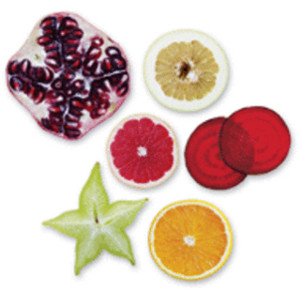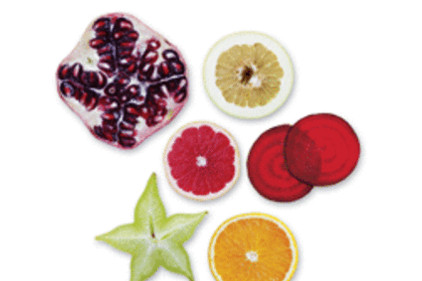By Chr. Hansen
Due to the pervasive health and naturalness trend, consumers across the globe are requesting foods with fewer and simpler ingredients. As a result the food and beverage industry’s demand for coloring foodstuffs is increasing. In order to better support food manufacturers take the leap to coloring foodstuffs, Chr. Hansen significantly steps up its efforts in this product segment.
“We have been offering coloring foodstuffs as part of our natural colors portfolio for years,” explains Business Development Senior Director Luc Ganivet who heads up Chr. Hansen’s coloring foodstuffs team. “But now, based on valuable customer feedback, we have expanded the popular FruitMax family of coloring foodstuffs, adding 10 new shades to the range. Our FruitMax assortment now offers approx. 100 visually enticing shades suitable for a variety of applications in the confectionery, ice cream, beverage, dairy and fruit preparation industries.”
“Moreover, we have revitalized our organizational, technical and regulatory framework surrounding the FruitMax solutions,” Ganivet explains. “Customers will benefit from a specialized coloring foodstuffs team ensuring skilled full-service support, including formulation and application expertise, and regulatory guidance. Chr. Hansen’s coloring foodstuffs competencies are rooted in our natural colors “Global Expertise Center” in Montpellier, France, and we support the important German coloring foodstuffs market out of our recently upgraded “Industry Technology Center” in Nienburg, Germany.”
A clear link to nature
FruitMax appeals directly to the health-conscious consumer who requests foods that contain less processed raw materials and recognizable ingredients. “With FruitMax there is a clear link to nature. The solutions are processed from carefully selected natural sources. This gives food manufacturers the opportunity to ‘color food with food’ without making compromises on taste and appearance. Our FruitMax products hold clear labeling upsides for the food producers whether operating in Europe, South America or Asia,” Luc Ganivet ends.


